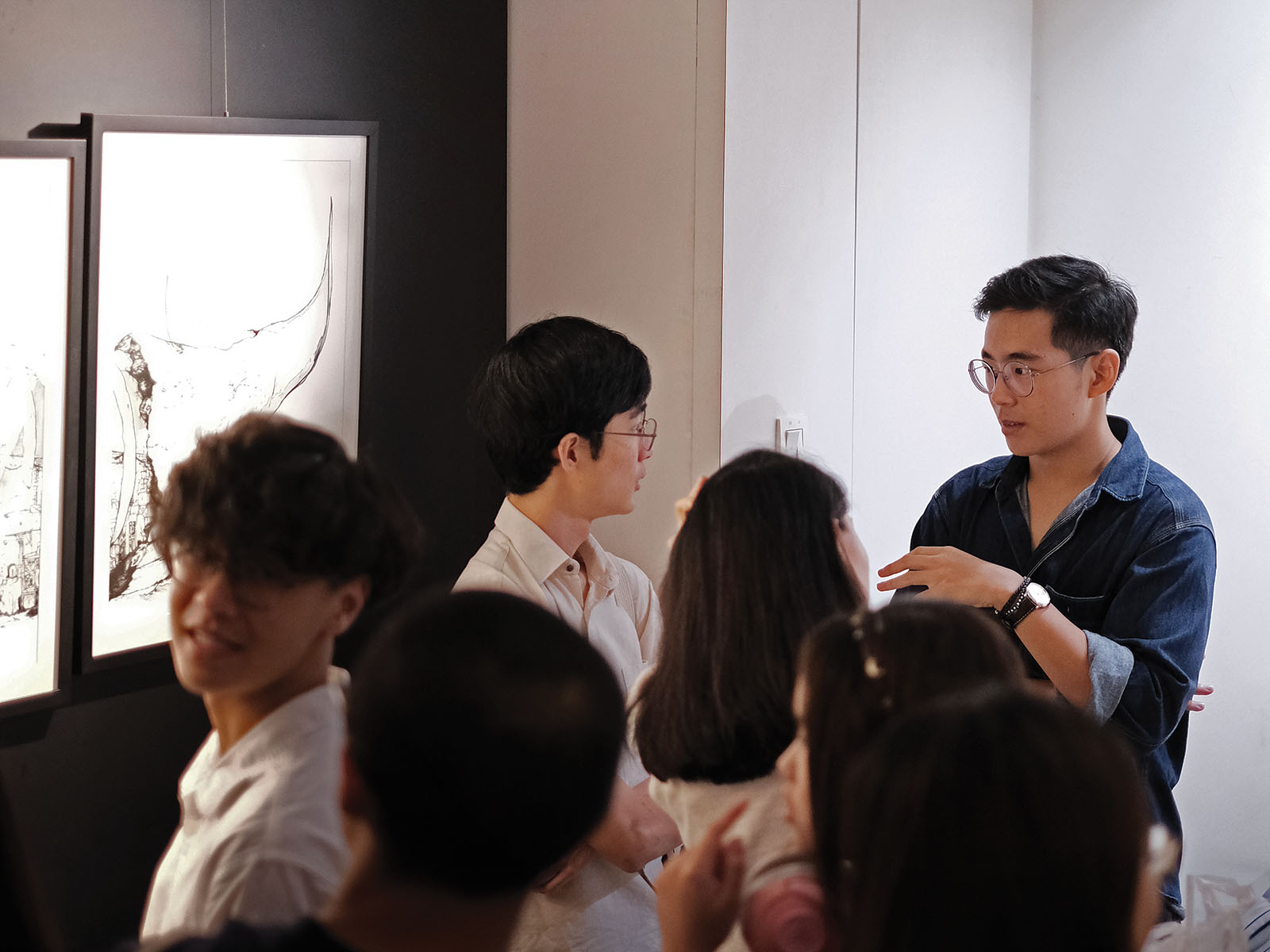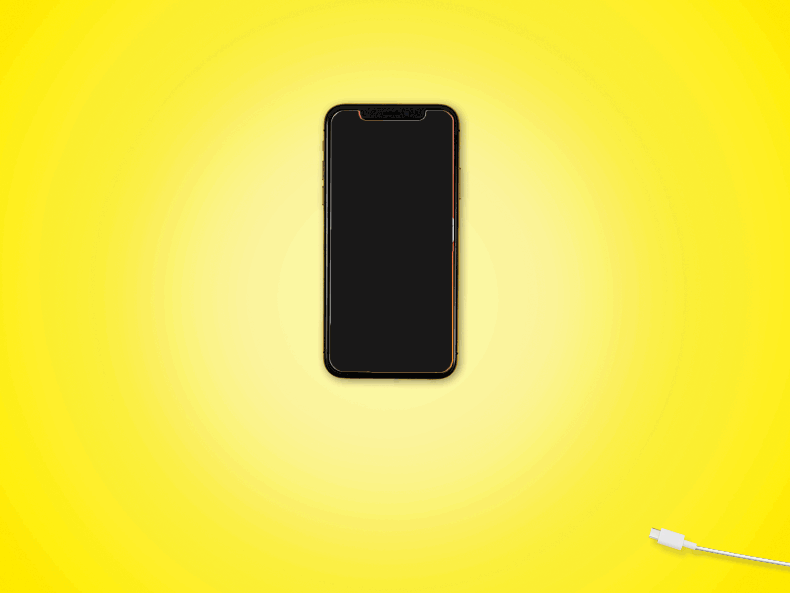13.3%
of PWDs in Singapore are
50 years old
and above

Issue 46
May 2023
ALL IN THE FAMILY
By Koh Ying Ying, Phase V NUS Yong Loo Lin School of Medicine student, Dr Vivien Lee, Lecturer and Adjunct Associate Professor Victor Loh, Education Director, Division of Family Medicine, NUS Yong Loo Lin School of Medicine
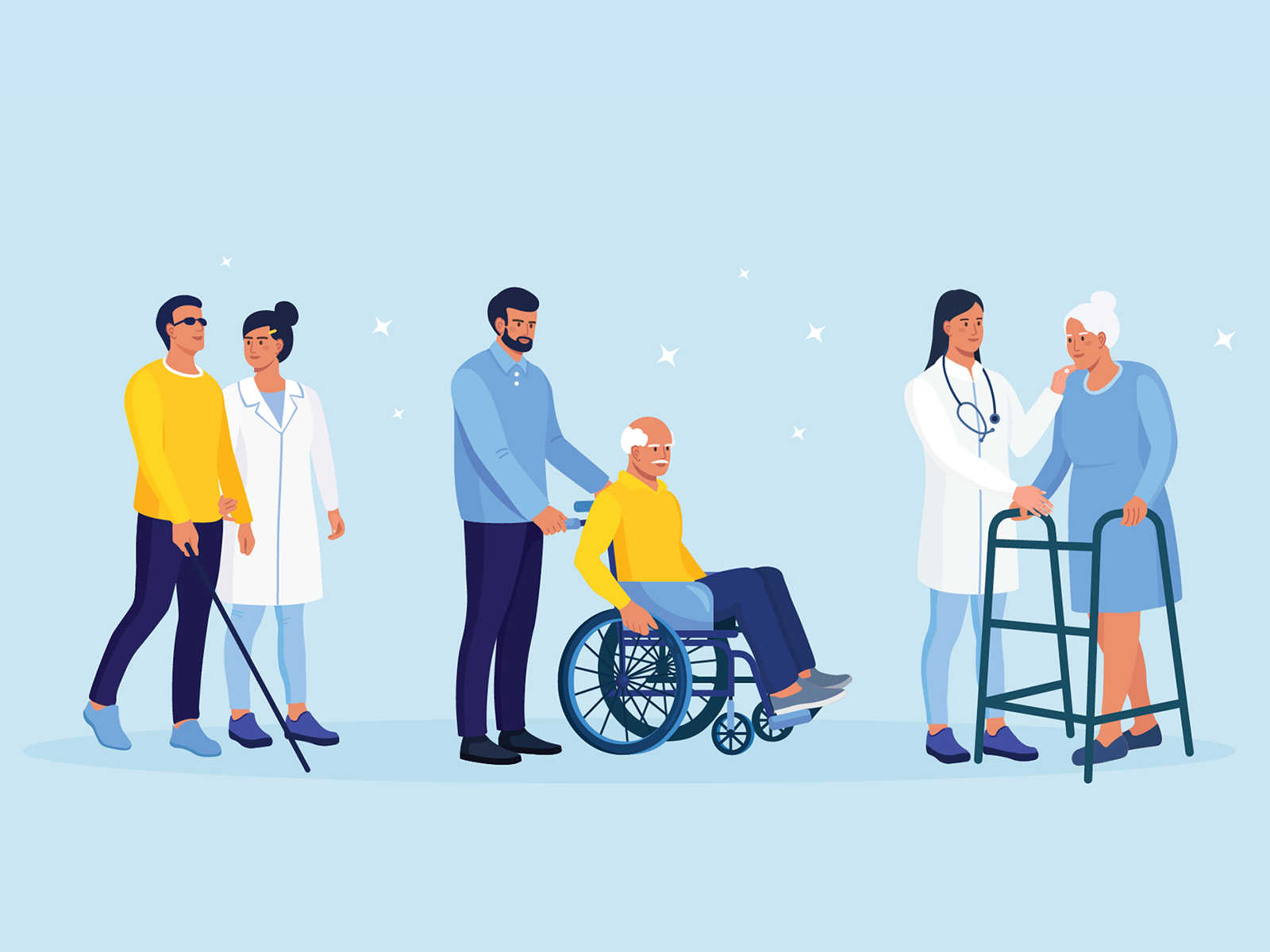
“You know, as a deaf individual, it has been especially difficult working with doctors and my nursing colleagues, both as an equal and as a patient myself," Clydia, a nurse with bilateral hearing loss, was sharing about her experience in Nursing school.
During a panel discussion, she described to medical students some of the more common gaps experienced by persons within the deaf community, in the course of their encounters with healthcare workers. Reflecting on her journey towards becoming a nurse, the discussion turned to how facilitated training opportunities and early exposure to persons with disabilities (PWDs) could smoothen some of the bumps.
PWDs in Singapore comprise 13.3% of people who are 50 years old and above1. Every healthcare practitioner will encounter such persons in the course of their work. As medical students, we have experienced moments of awkwardness when dealing with PWDs, such as when looking for the right words with which to ask to examine patients with amputated limbs, or when we were uncertain about whether to raise our voices when talking with patients who had difficulty hearing.
Our journey began in 2020. We called ourselves Team Comm-petent. We were a crew of seven medical students and two disability advocates, both with bilateral hearing loss. Our goal was to improve awareness of disabilities and help doctors-to-be learn how to communicate with PWDs effectively and sensitively.
We decided to work on a learning activity that would give voice to PWDs. We sought the input of 20 individuals with various disabilities—visual, mobility, and hearing—and also conducted a literature review that would form the basis of our project. It would be a student elective workshop that would run during the recess weeks and students would be invited to sign up on a purely voluntary basis. The team recruited 31 interested clinical year students to participate in two pilot runs.
The lesson plan that we co-designed with PWDs would start with a workshop on key “Dos and Don’ts” when communicating with a PWD, followed by role playing of medical consultations, with PWDs as patient-educators. We modelled this after the standardised patient encounters we experienced as medical students, except that we added the element of PWD patient-educators. These PWD educators would enact a scripted clinical presentation to highlight some conundrums that PWDs face when engaging with the healthcare system. These included explaining an x-ray result to a patient with visual impairment and communicating with a patient who is hard of hearing and accompanied by a sign language interpreter. Student interviewers would receive feedback from peers and from PWD educators, who often highlighted insightful points on the students’ communication skills and sensitivity. More importantly, we set aside time for PWD educators to share their lived experiences with the students.
Through pre- and post-event questionnaires, we noted substantial improvement in students’ self-reported empathy and confidence in communicating with PWDs after the workshop.
We should see persons with disabilities for their ability instead of their disability.”
In addition to positive feedback from both participants and faculty, we received endorsement from NUS Medicine’s Medical Education Grand Innovation Challenge, 2021 (MEGIC) when we garnered the Special Mention Award. Our elective had now passed the proof-of-concept stage and was ready for incursion into the main medical curriculum.
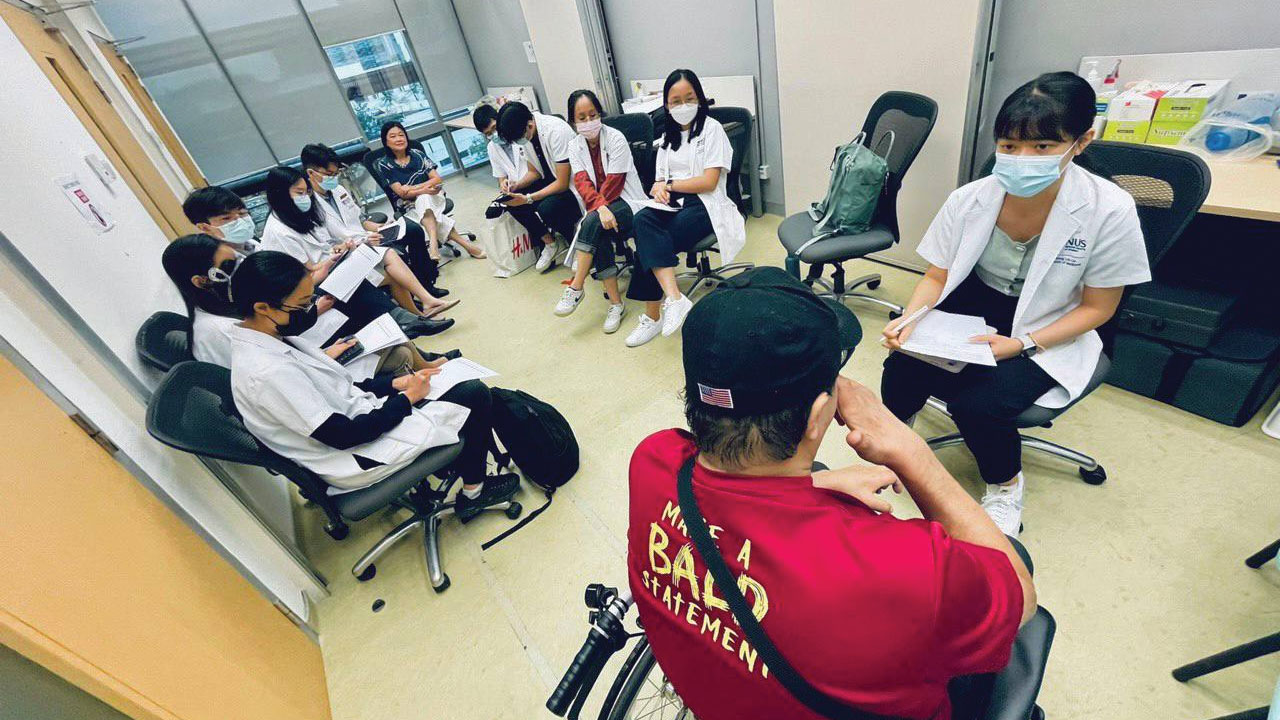
A patient educator and Dr Ang Lai Lai (Family Medicine, NUS Medicine) guiding students during the role-play session.
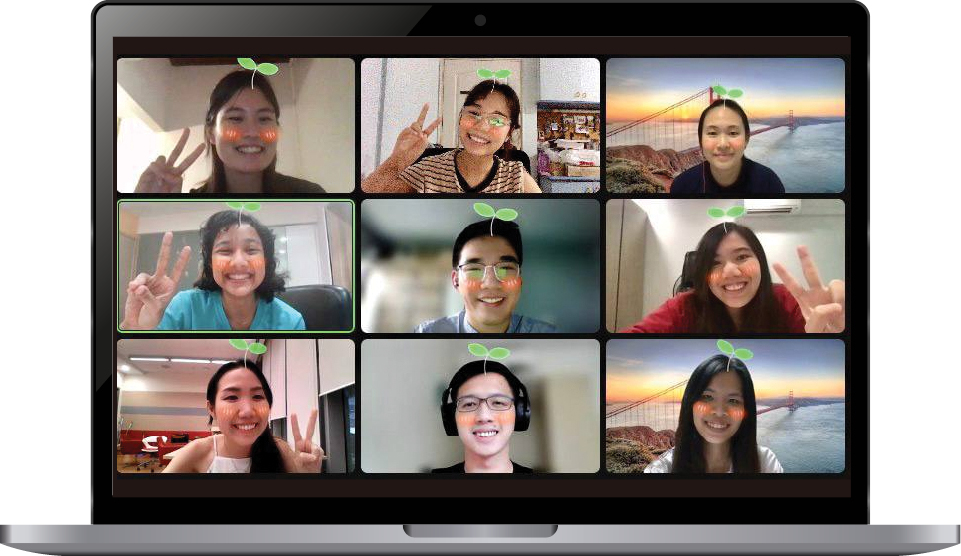
The student organising team comprising Phase IV and Phase V NUS Medicine students, an NUS Nursing alumnus and Yale-NUS College student, who worked on the initiative throughout the COVID-9 pandemic. (From top left to right: Koh Ying Ying, Clydia Tan, Ng Zi Hui Celeste, Caitlin O’Hara, Chia Eik Chao, Cassandra Chan Xian Ci, See Sin Yee, Ng Cheng-Ann Winston, Kimberly Quek)
The proposal to bring the workshop into the curriculum was welcomed by faculty and staff from the Department of Family Medicine. Since the beginning of academic year 2022/23, the workshop has become a regular fixture within the Phase III Family Medicine posting as the “Communications with Persons with Disabilities” workshop.
Initial response has been positive, with heartfelt student reflections.
As Team-Comm-petent and doctors-to-be, we are optimistic that this initiative is a small step towards more equitable and inclusive healthcare. We hope it will continue to be a part of our school’s curriculum.
Acknowledgments
The authors would like to thank Clydia Tan and Caitlin O’Hara for their inputs on this article. They would also like to thank Team Comm-petent (Clydia Tan, Kimberly Quek, Caitlin O’Hara, Chia Eik Chao, Ng Cheng-Ann Winston, See Sin Yee, Cassandra Chan Xian Ci, Ng Zi Hui Celeste), our mentors Dr Ann Toh and Dr Victor Loh, the team at the Department of Family Medicine and the NUS Centre for Healthcare Simulation, and most importantly the patient educators from the disability community for making this initiative possible.
Total number of persons with disabilities in Singapore | Ministry of Social and Family Development [Internet]. 2018 Nov [cited 2023 Jan 27]. Available from: https://www.msf.gov.sg/media-room/Pages/Total-number-of-persons-with-disabilities-in-Singapore.aspx.
More from this issue
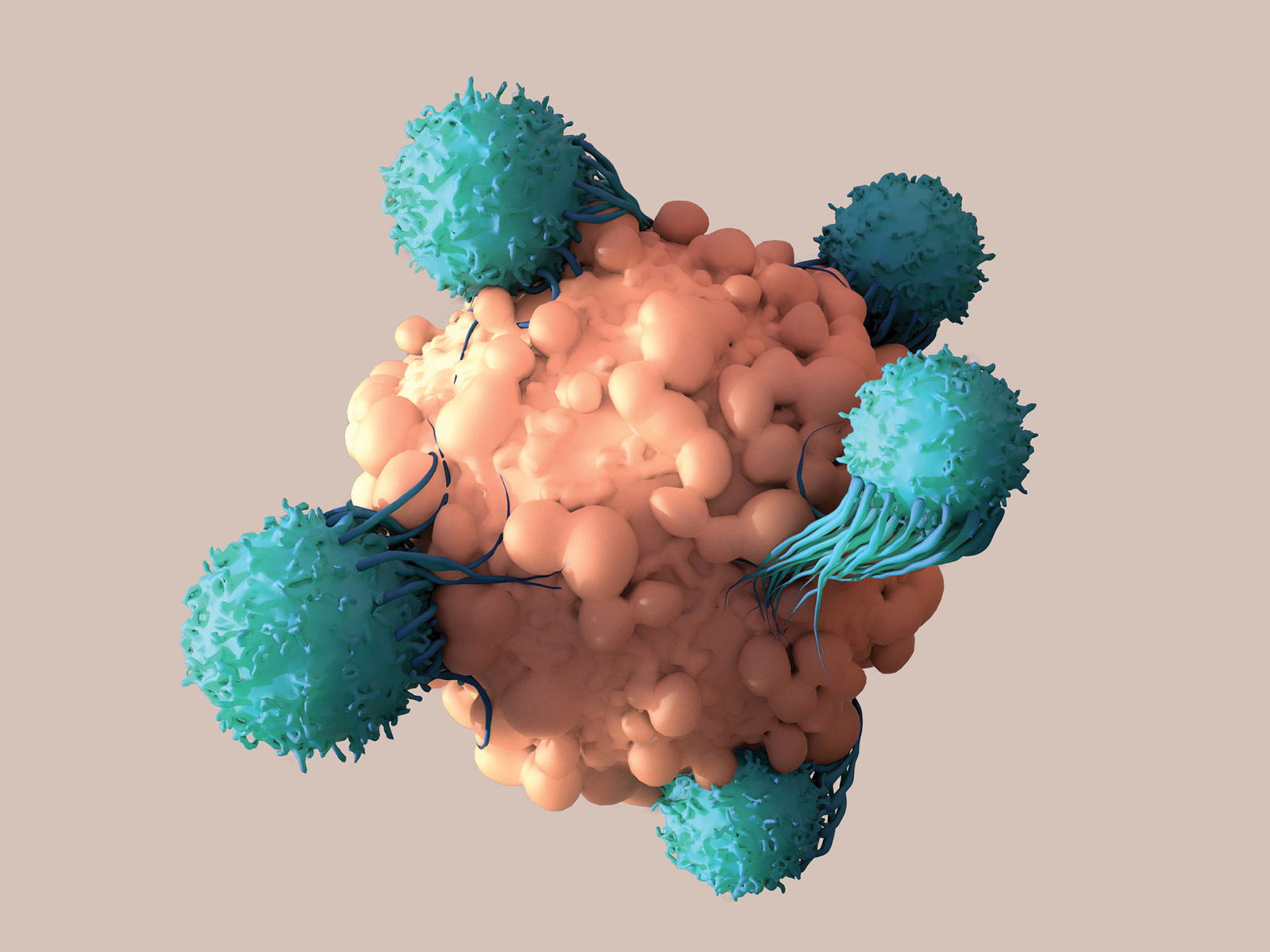
A WORLD IN A GRAIN OF SAND
The A to Z of T cells

